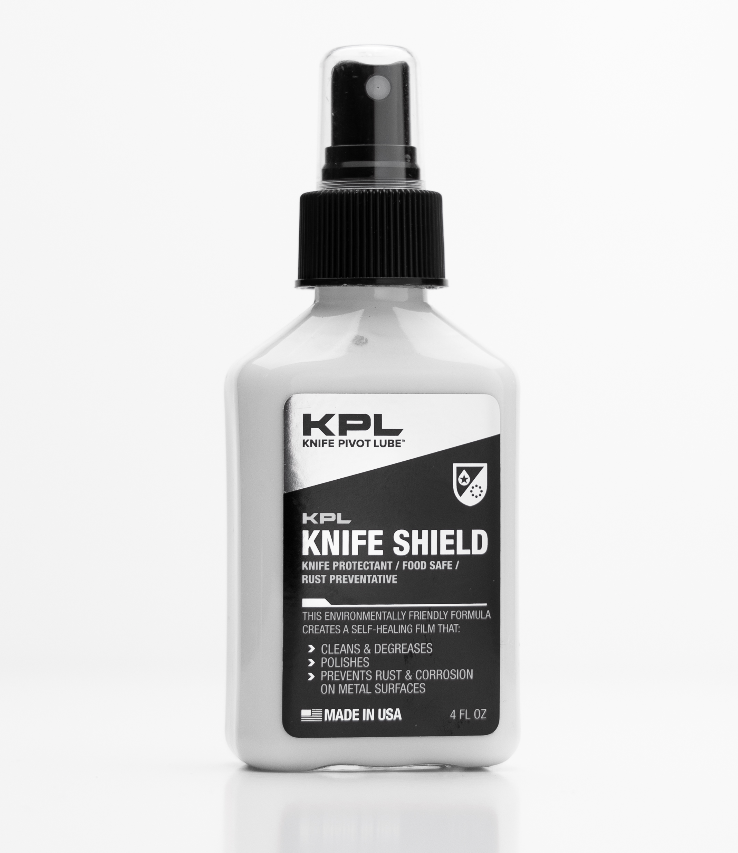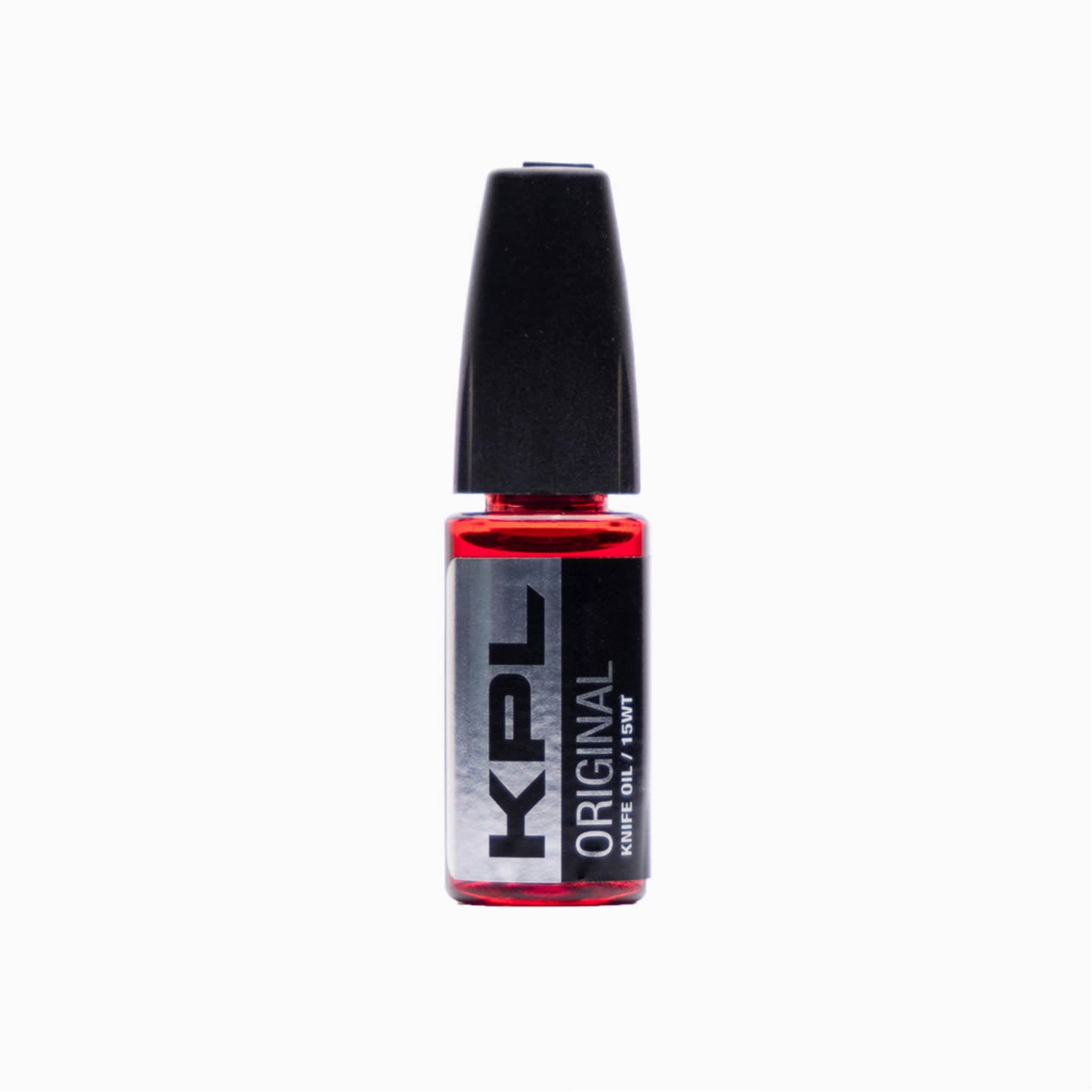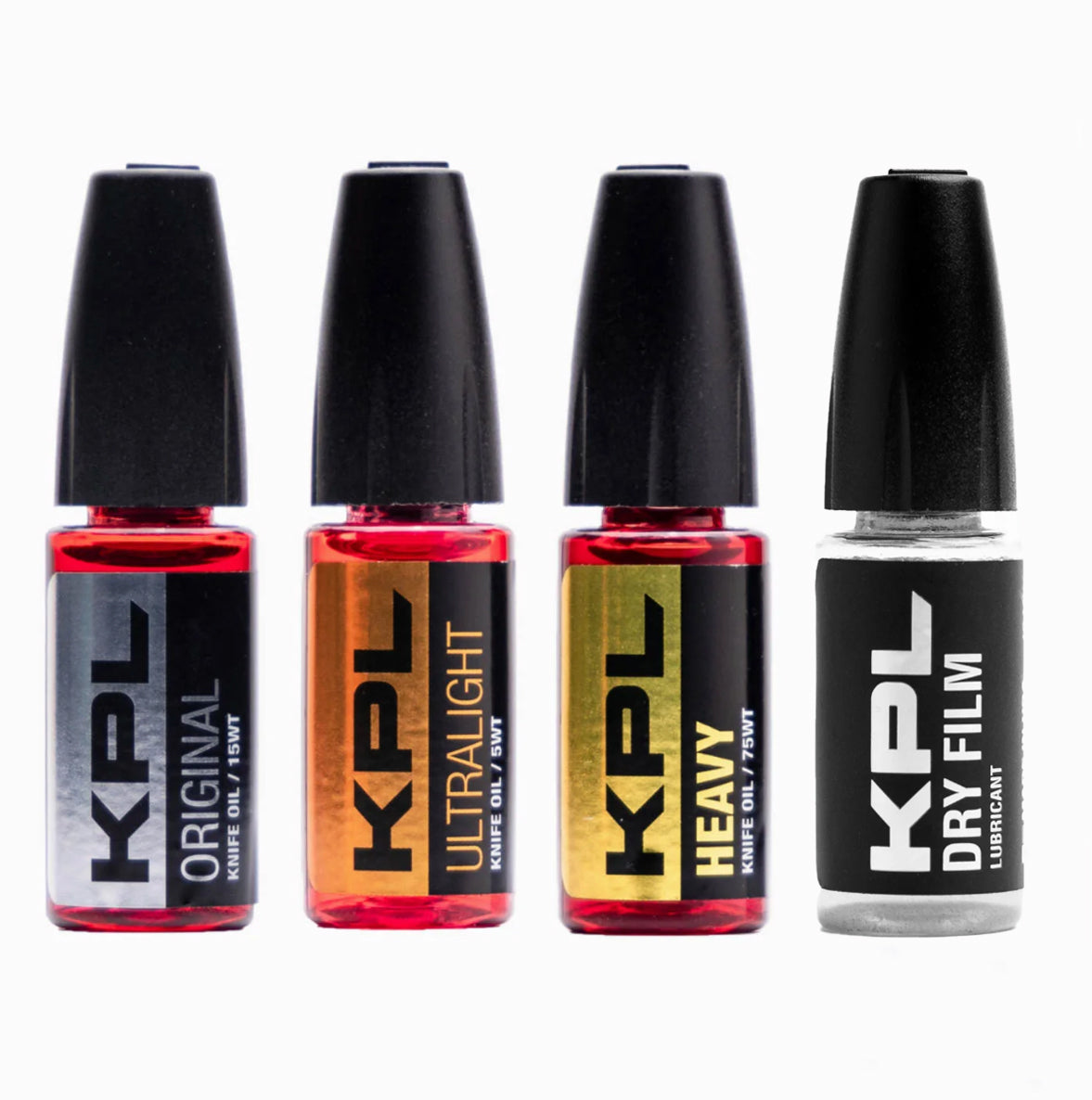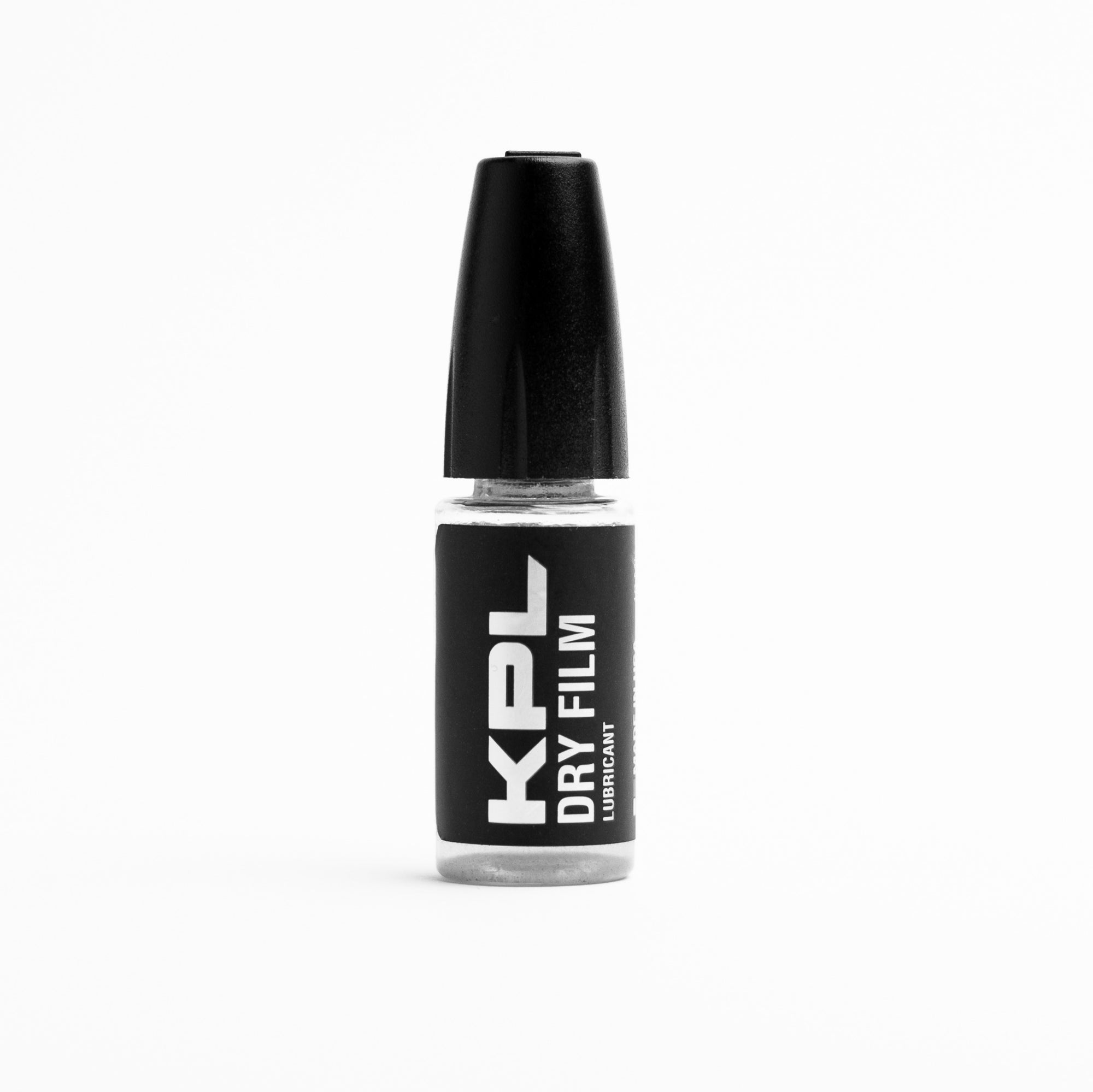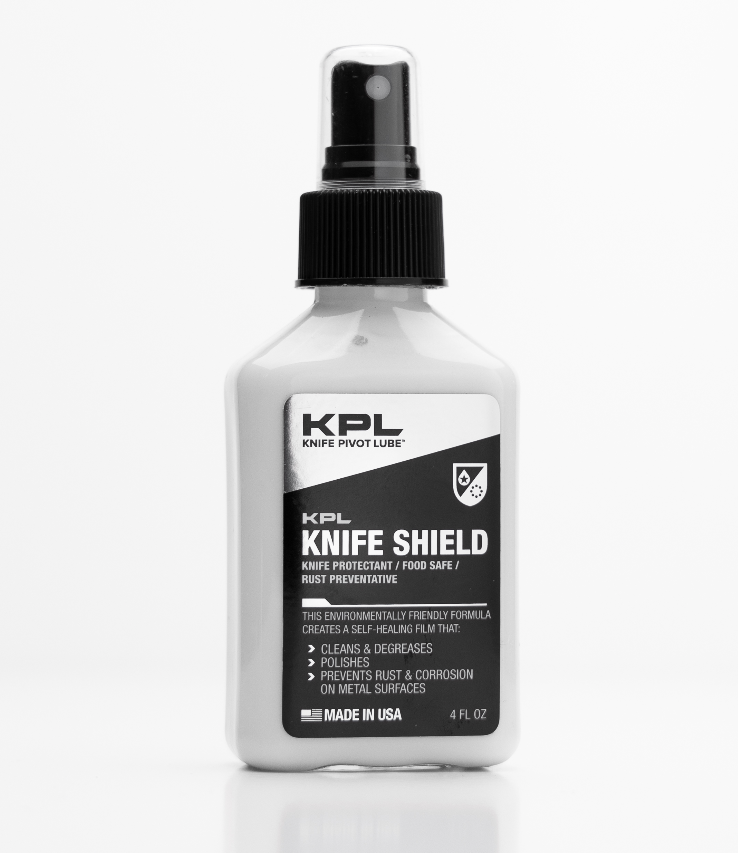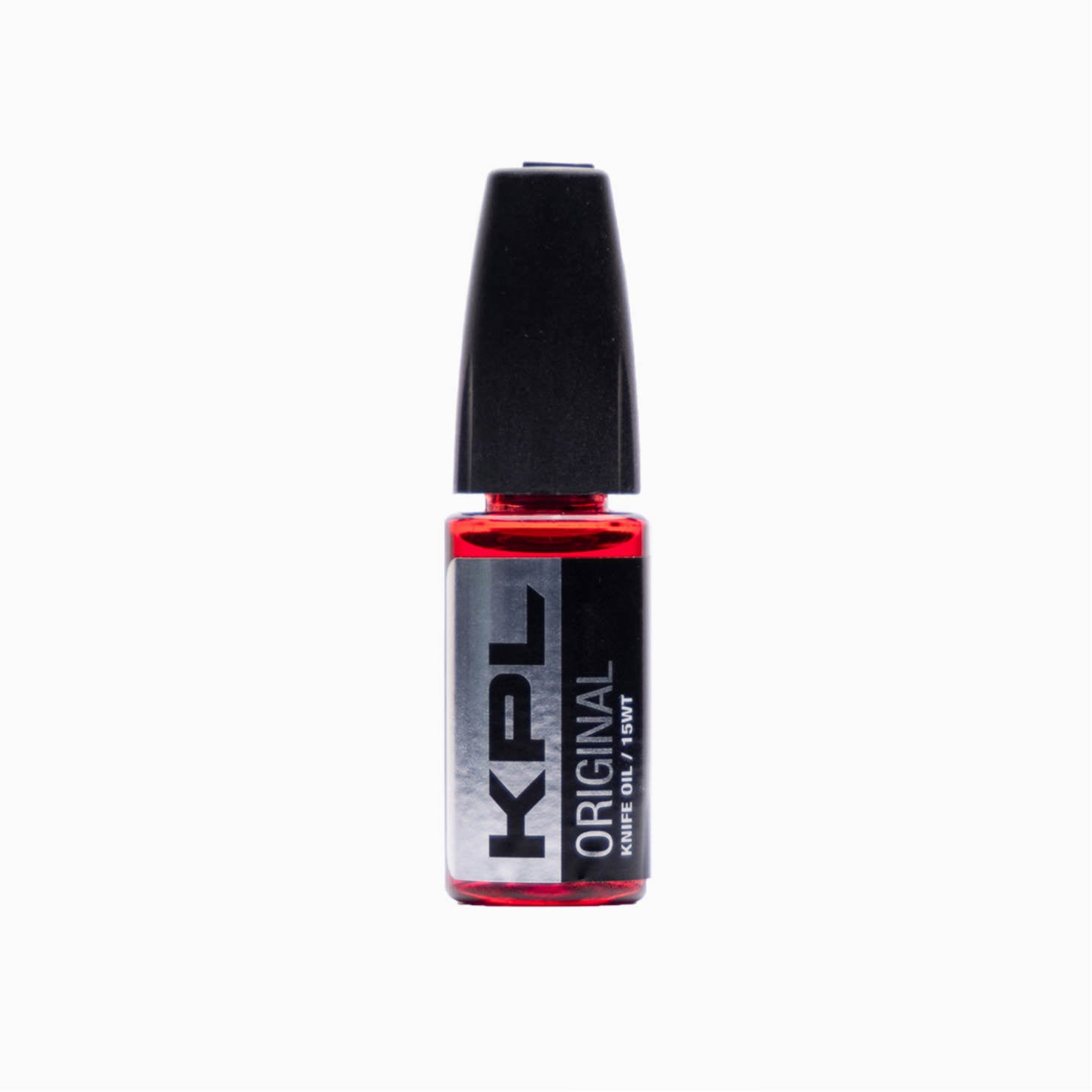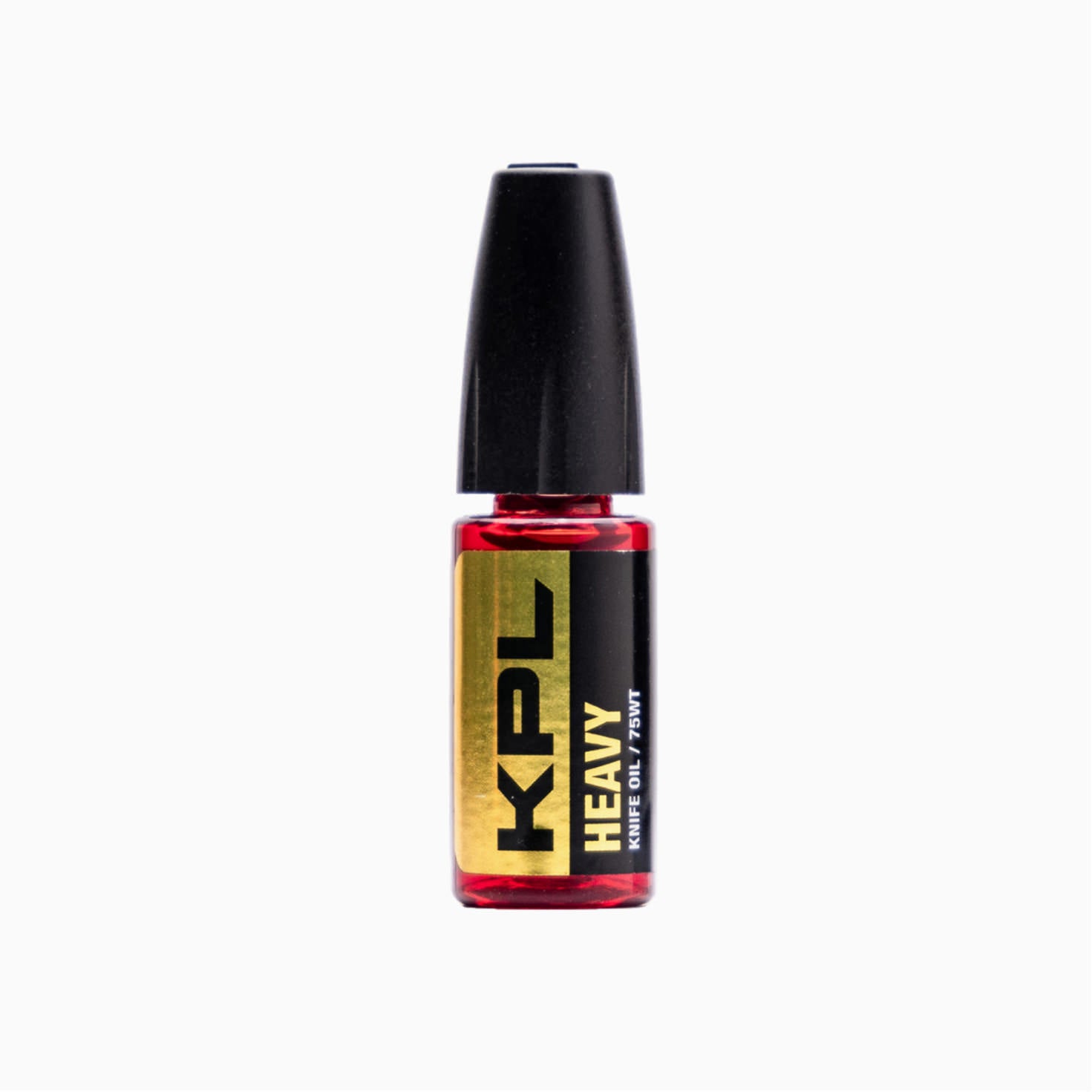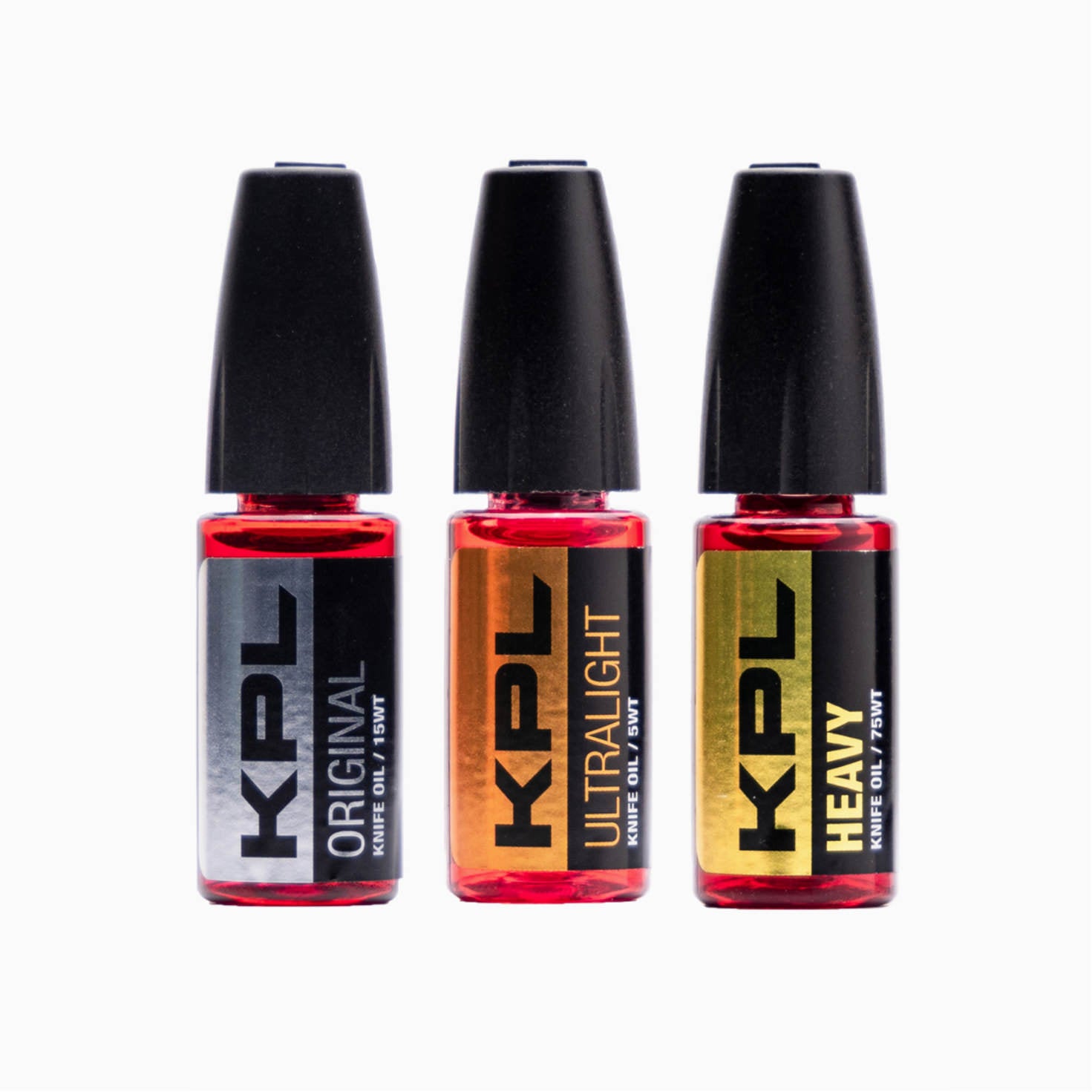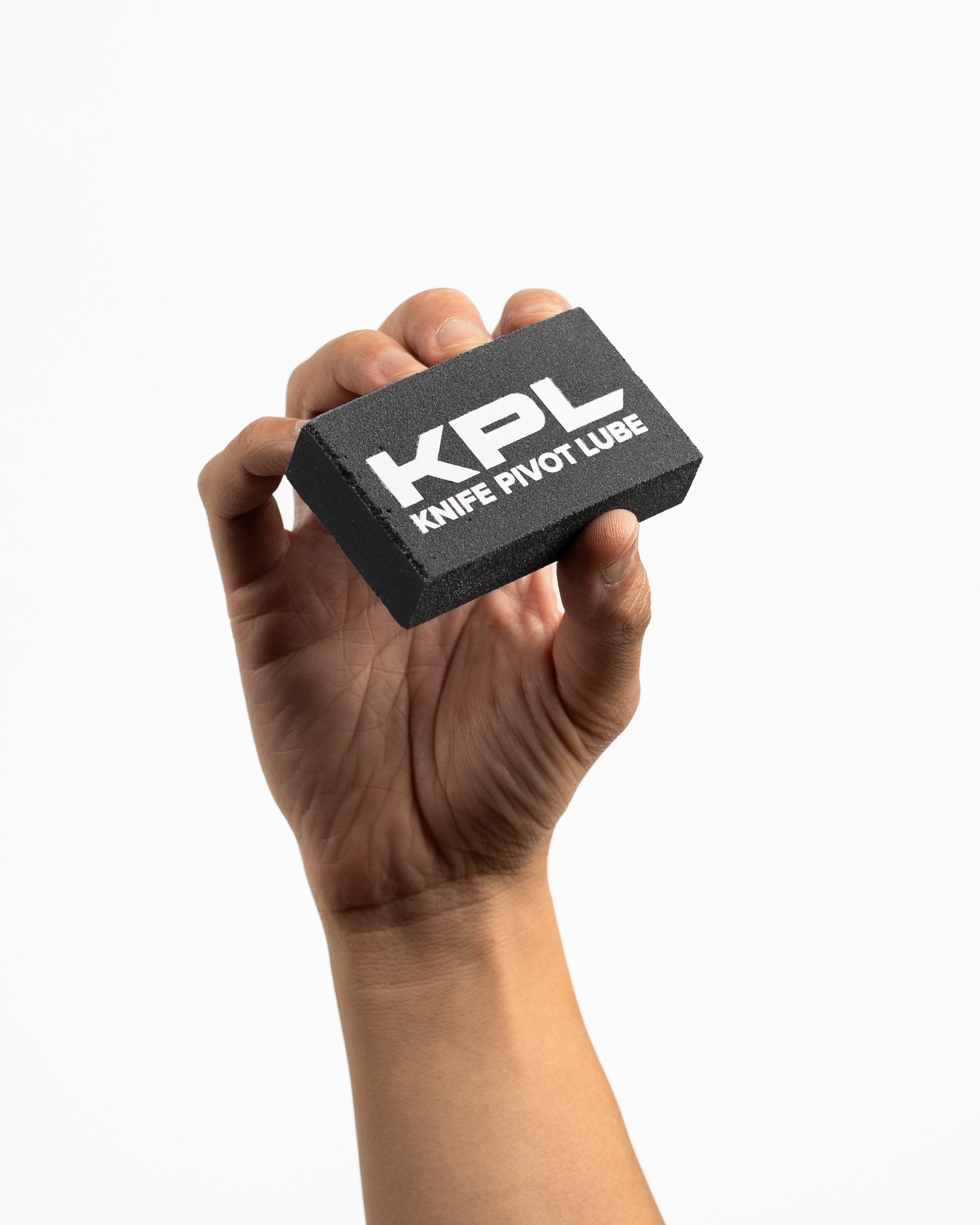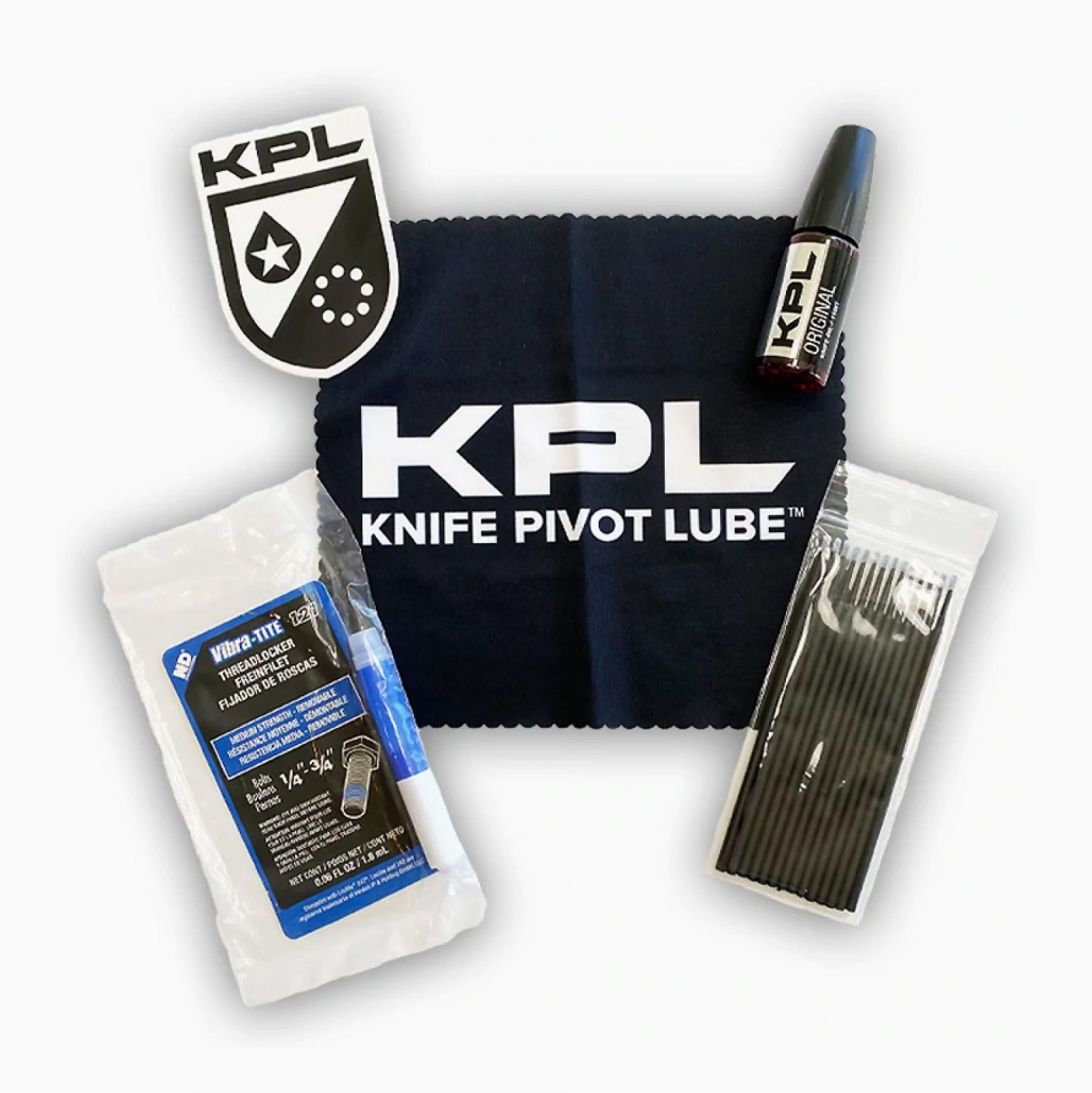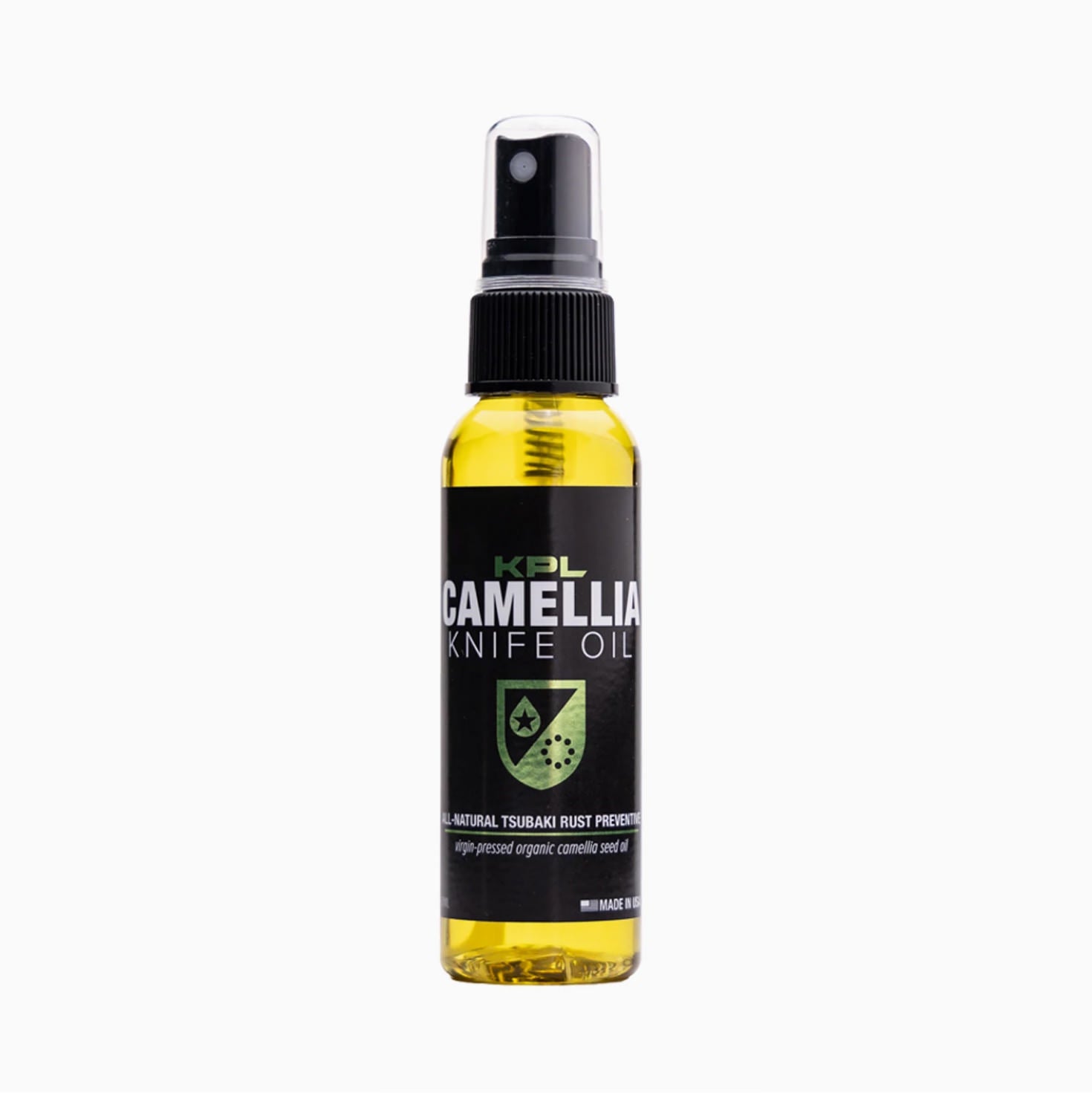So you own a pocketknife, or maybe tens or hundreds of them. If so, you know they need maintenance, cleaning, and lubrication with a high quality knife oil.
Since you're on this website, you also know Knife Pivot Lube (KPL) is the premier knife oil and the ultimate solution for protecting your collection and making your knives operate with buttery smoothness.
KPL does this by keeping dirt, metal particles, and grit in suspension so they don't cause grinding and premature wear.
KPL's wickability modifiers help KPL seep rapidly into the tightest crevices of your knife - meaning KPL goes where you need it without being thin like typical penetrating oils.
How to use Knife Pivot Lube WITHOUT disassembling your knife.
Once you've purchased Knife Pivot Lube, how do you use it? Well, you have two options. If you are like me, and you simply want fast results you can use KPL without ever disassembling your knife!
To start, use our Microfiber Swabs to remove excess dirt, dust, lint and oil from your knife.
You will want to start with a knife that's as clean as possible.

Remove excess dirt and dust with a swab
Once you've removed what you can with a swab or paper towel, simply apply one or two drops of Knife Pivot Lube knife oil to each side of your knife's blade, near the pivot.
Knife Pivot Lube's needle applicator will help you get close, but don't worry if you can't reach all the way down to where the blade and bearings/bushings interface.
KPL contains modifiers that help our knife oil to wick itself the rest of the way into the pivot.

Now that you've applied the Knife Pivot Lube, allow our product to do its thing! KPL actually cleans your knife as you use it.
Simply open and close your knife several times to allow KPL to emulsify deposits of dirt and grit, and to pull contaminants into suspension. You will probably notice this as dark colored oil which may begin to seep from the pivot.This is a good sign!
Use another cotton swab or piece of paper towel to swab away excess dirty oil and reapply KPL as often as needed to keep your knife operating at peak level without ever needing to disassemble.

As a final touch, to give your knife that ultra, ultra smooth feel, consider adding a drop of Knife Pivot Lube Heavy to the detent ball. If you are curious what the detent ball is, I have an article for you. Make sure to check out The Detent, Critical to Knife Action.
KPL Heavy is a high-weight synthetic lubricant oil that's made to stay put to provide protection against sliding friction each time you open your knife.
Simply locate your detent ball (its the tiny ball bearing that holds your knife closed securely) and add a small amount of KPL Heavy to help smooth the track the ball rides on along the side of the blade. I have an article explaining the whole process. Check out, How To Lubricate The Detent Ball.
How to use Knife Pivot Lube after you COMPLETELY DISASSEMBLE your knife.
If you are the fastidious type or are a person who likes the mechanical satisfaction that comes from disassembling and cleaning your knives to like-new condition, you can also use KPL as a lubricant after fully disassembling your knife to get every last speck of dirt out!
Be sure before you do this that you are comfortable with the disassembly process and that you have the proper tools. Also, be aware that some knife manufacturers will treat disassembly as breaching the knife's warranty.
1. Get the right tools
To begin, start with the right tools! Pocketknives are put together using small screws that can strip easily.
If you are using cheap drivers, which tend not to be precisely produced, you are very likely to do damage to your knife. Here at KPL, we highly recommend Wiha products.
You might also consider a knife disassembly kit from a company like Journey Tool or Cur that includes Wiha bits along with a bearing driver to make disassembly easy.
2. Carefully Remove Fasteners
Carefully remove the fasteners holding the knife together and remove all components. If possible follow an online guide for your particular knife model.
We love the YouTube video guides for many popular knives published by Nick Shabazz. Be certain to avoid over-torquing screws as you disassemble.
3. Clean Components with Alcohol
Now clean every part of your knife using a solvent like isopropyl alcohol.
4. Apply KPL
Apply KPL to pivot and detent and begin re-assembling your knife. Tighten screws firmly, but avoid using too much force. It is a good idea to use a non-permanent threadlocker on fasteners so they don't wiggle loose over time.
5. Tighten Pivot Screw for Optimal Deployment Performance
Finally, tighten the pivot screw of your knife carefully to fine-tune the action of the knife. Look for good blade centering and a lack of side-to-side play.
That's it! Your knife is lubed for buttery smoothness using KPL. KPL's synthetic lubricants maintain a cushioning fluid layer between knife parts during high speed opening and use. Goodbye scratchy pivots!

